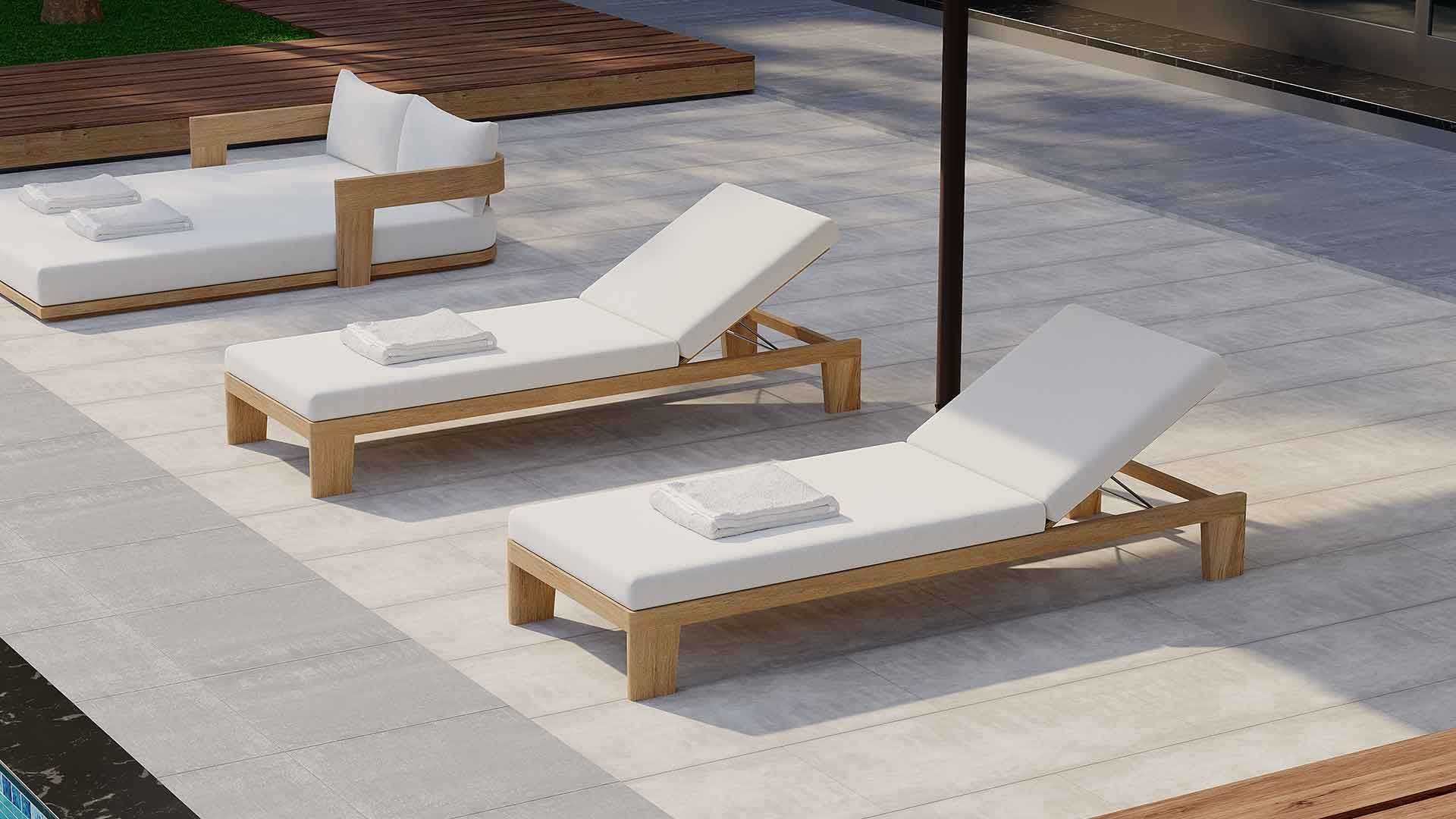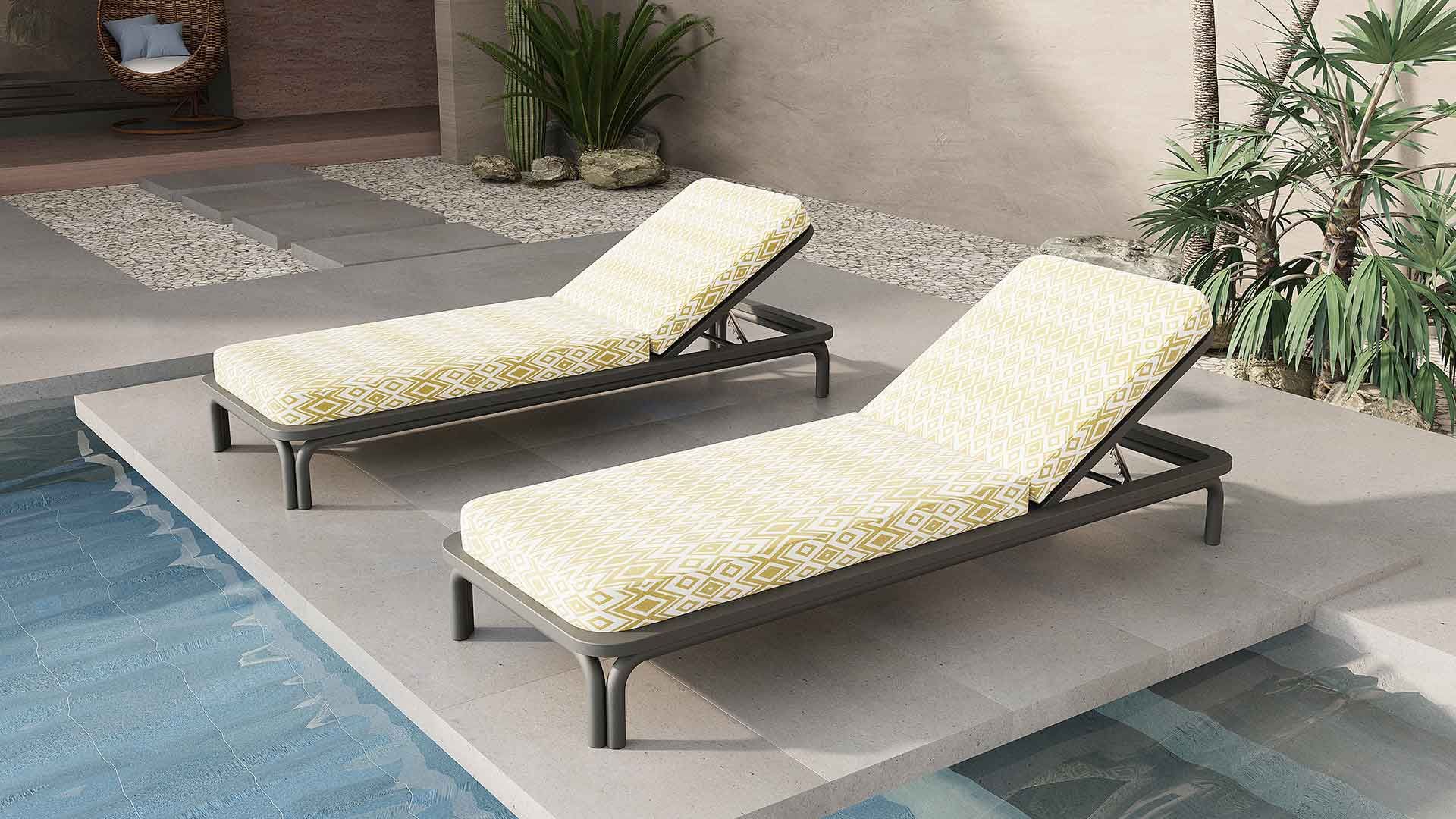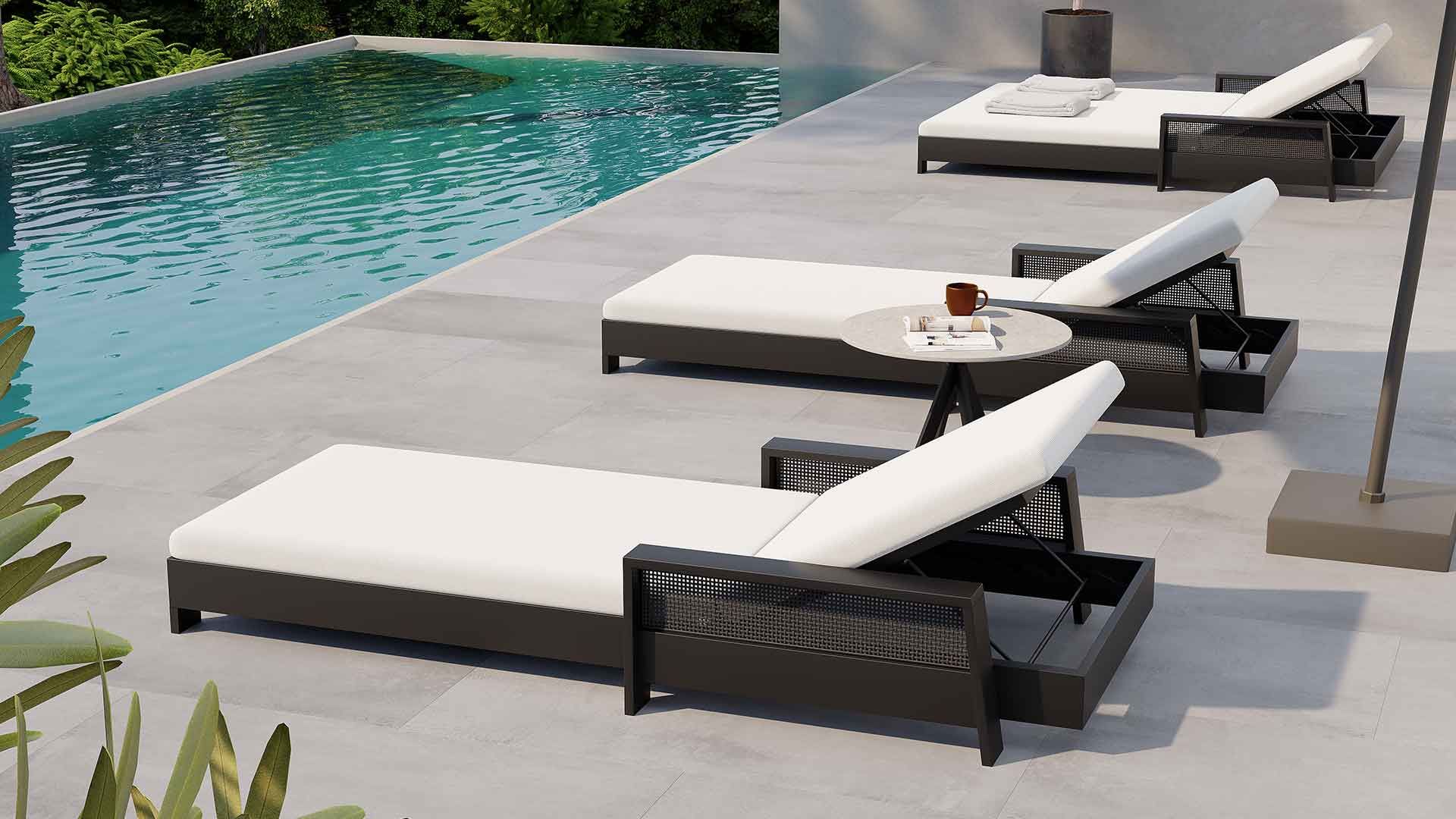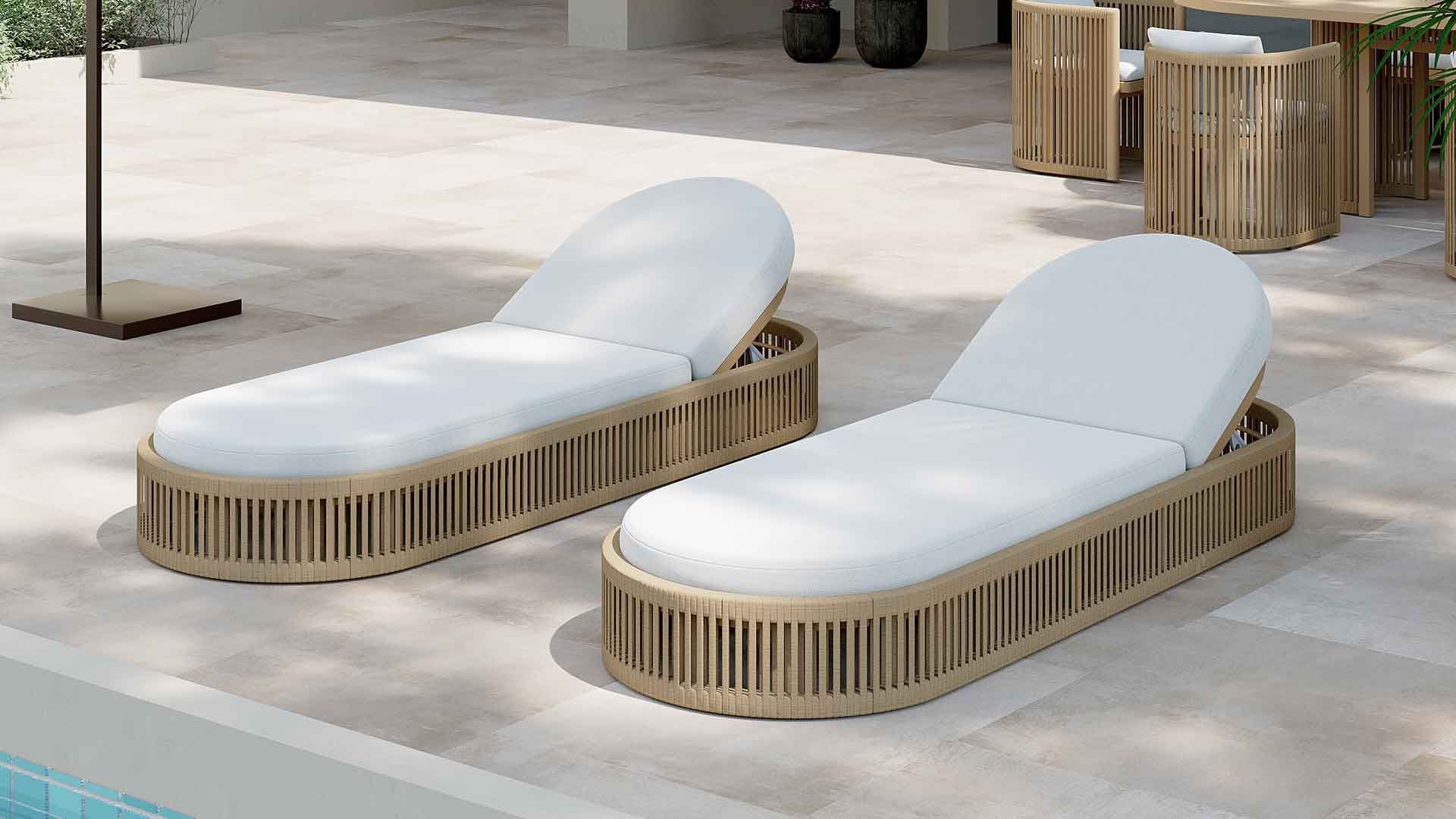Relax Anywhere: How Outdoor Loungers Work for You
Discover how outdoor loungers work to help you relax anywhere! This article explains the features, benefits, and ideal scenarios for using outdoor loungers, helping you find the perfect solution for your patio, balcony, or garden to enhance your outdoor living experience.
A truly great outdoor lounger achieves ultimate comfort through the smart combination of key materials. Here's how each one contributes:
Teak Wood

Why it works: Naturally weather-resistant, develops a beautiful silvery-gray finish.
What it does: Provides solid support and stability with a warm, substantial feel.
Best for: Lasting strength and timeless style.
Aluminum Frame

Why it works: Rust-proof and incredibly lightweight.
What it does: Makes carrying and setup effortless. Stays steady on any terrain.
Best for: Easy portability and worry-free use.
Woven Cane: Adding a Sophisticated Touch

Why it works: Elegant panels inset into aluminum armrests provide organic texture.
What it does: Adds visual warmth and a natural feel under your fingertips to sleek metal, elevating design with artisan craftsmanship and transforming function into style.
Best for: A pure aesthetic upgrade – durable aluminum handles the support.
Rope Webbing

Why it works: Tough cords offer perfect bounce.
What it does: Creates weightless relaxation and sheds sand/water instantly.
Best for: Beach days or soothing sway.
Where They Shine: Crafted for Luxury Destinations
Vignette: Maldives Sunset Perfected At an overwater villa, teak armrests release their warm, subtle woody scent as guests recline. Salt spray glistens on aluminum legs below, untouched by corrosion. Fingers trace woven cane panels inset into armrests, while rope seats let sand and water sift through effortlessly. Pure harmony.
Why This Wins
Hotels: Instagrammable cane details + aluminum’s poolside resilience.
Beaches: Rope seats + teak legs = sand/salt warriors.
Studios: Aluminum’s mobility fuels creativity.
Villas: Teak’s aging grace + low-maintenance ease.
For those who demand beauty without compromise, offering serene relaxation from St. Tropez to home gardens.
Connect
Facebook: https://www.facebook.com/hongkaioutdoor
YouTube: https://www.youtube.com/@Hongkaioutdoor
Linkedin:https://www.linkedin.com/in/hongkai-outdoor
Instagram:https://www.instagram.com/hongkaioutdoor
X:https://x.com/Hongkaioutdoor
WhatsApp:+86 133 7862 7554
Email:[email protected]